Two Interesting Tasmanian Cities
Exploring the cities of Launceston and Queenstown
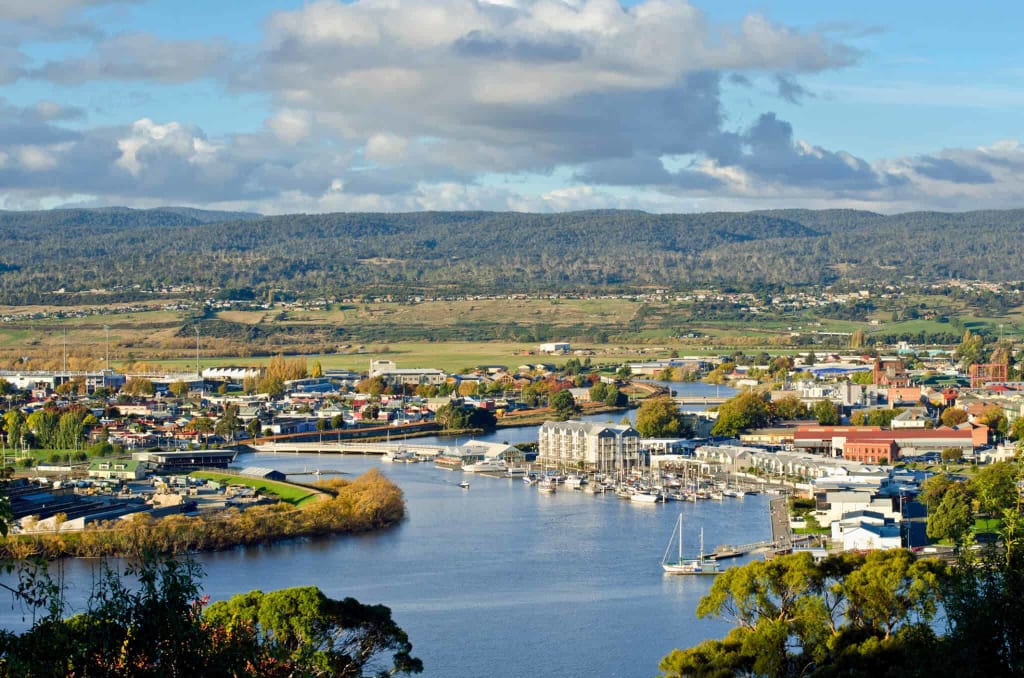
Tasmania’s second major city Launceston is found at the riverside and is well-known for Cataract Gorge with panoramic views. There are many interesting things to do and see and being one of Australia’s oldest cities it offers impressive Colonial and Victorian architecture and many old and lovely parks. Tamar Valley has beautiful vineyards that stretch northwest along the Tamar River.
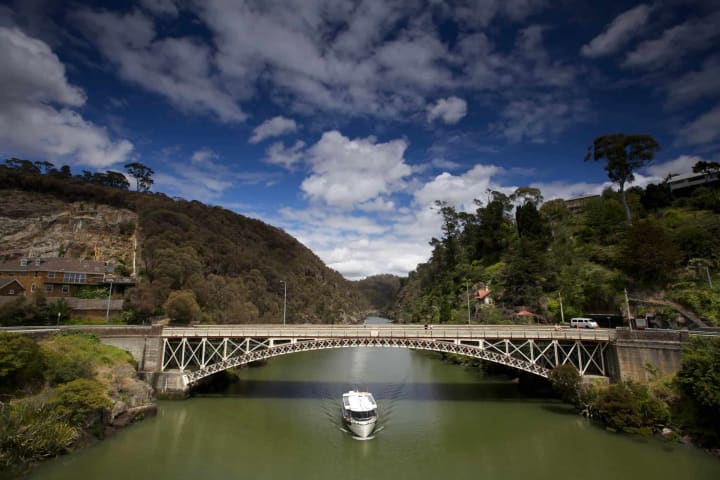
Locally Cataract Gorge Reserve is known simply as the Gorge. This is an unusual natural formation. Walking from Launceston along the banks of the Tamar River you’ll find yourself in the Gorge.
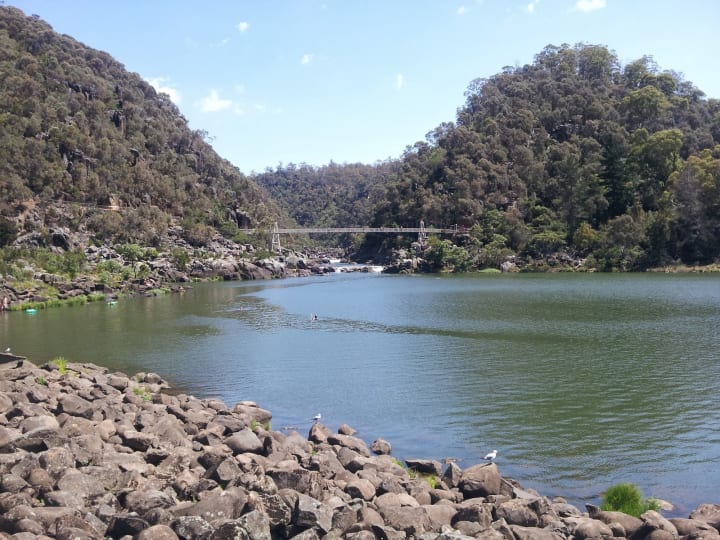
The First Basin on the south side has a cafe and a swimming pool that is surrounded by bushland which the locals refer to as Launceston’s Beach. Here families gather to have picnics and barbecues.
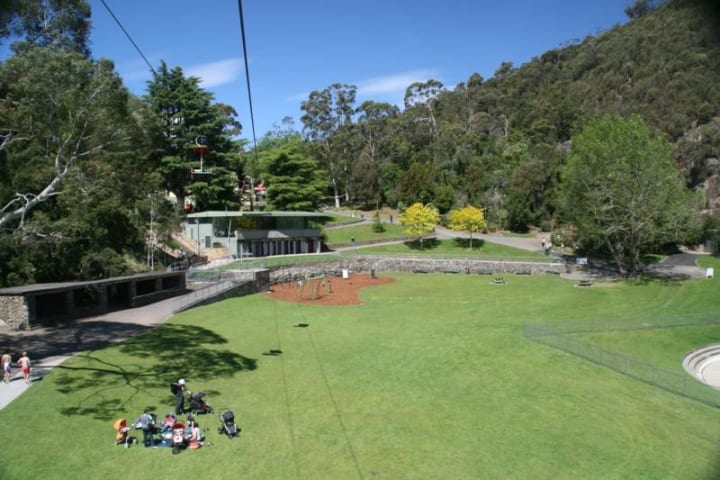
On the north side, visitors will find the Cliff Grounds. This is a Victorian garden that was designed with ferns and exotic plants.
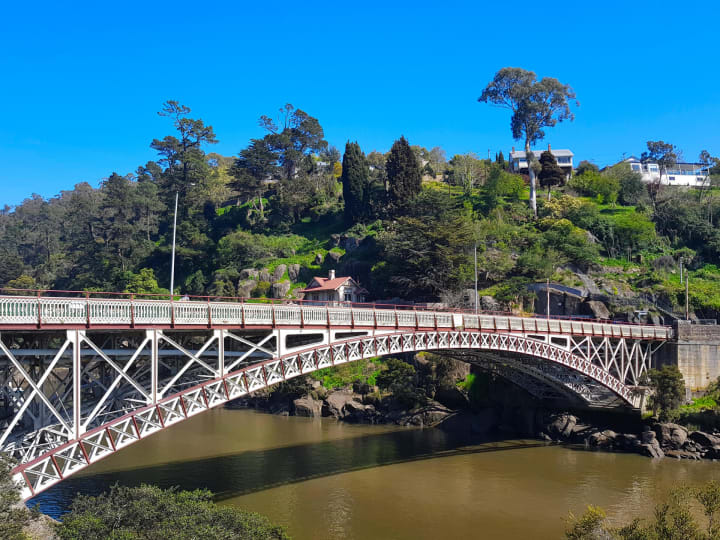
Spanning the gorge is the lovely Kings Bridge dating from 1867. There is a chairlift across the river offering amazing views. At dusk, you can also see peacocks and wallabies.
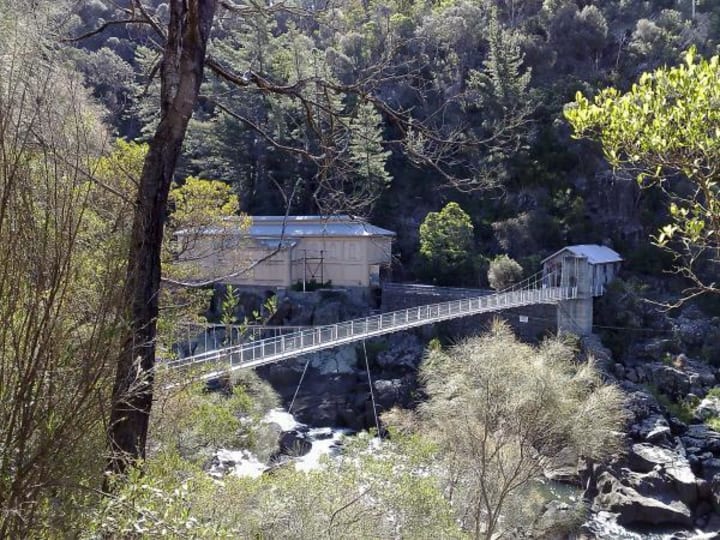
Upstream is the historic Duck Reach Power Station has become an interpretation center and is well worth a visit.
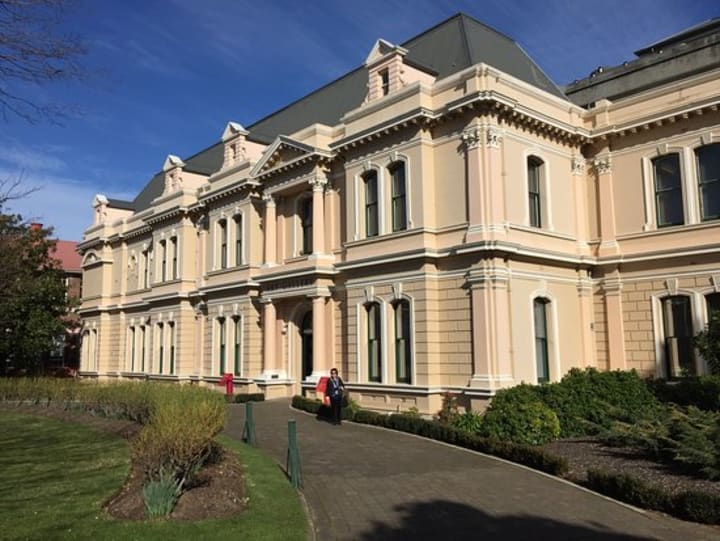
Visit Australia’s largest regional museum The Queen Victoria Museum and Art Gallery (QVMAG). Here you’ll find collections of Australian colonial art, decorative arts and design, Tasmanian history and natural science.
This museum is located on two sites – the 1870s-era railway workshop at Inveresk and the 1891 Royal Park Art Gallery building on Wellington Street.
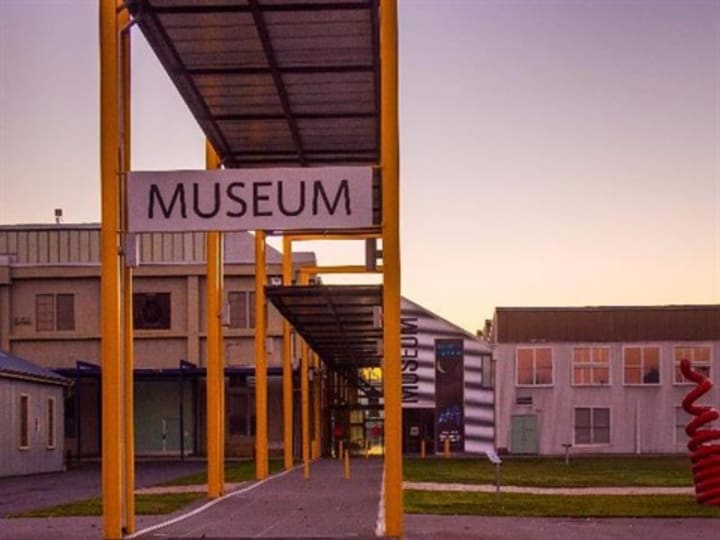
The Inveresk site is home to preserved railway workshops and a new permanent exhibition Tasmanian Connections. The new exhibition offers a range of stories told by the museum’s social history and natural science collections in six striking installations. Visitors can see dinosaurs, death masks, soaring planes and artifacts from Australia’s oldest merchant shipwreck. There is also the Phenomena Factory which is a free-entry interactive science center that offers hands-on education for children of all ages. At Inveresk, you’ll also find The Launceston Planetarium where astronomical concepts are demonstrated.
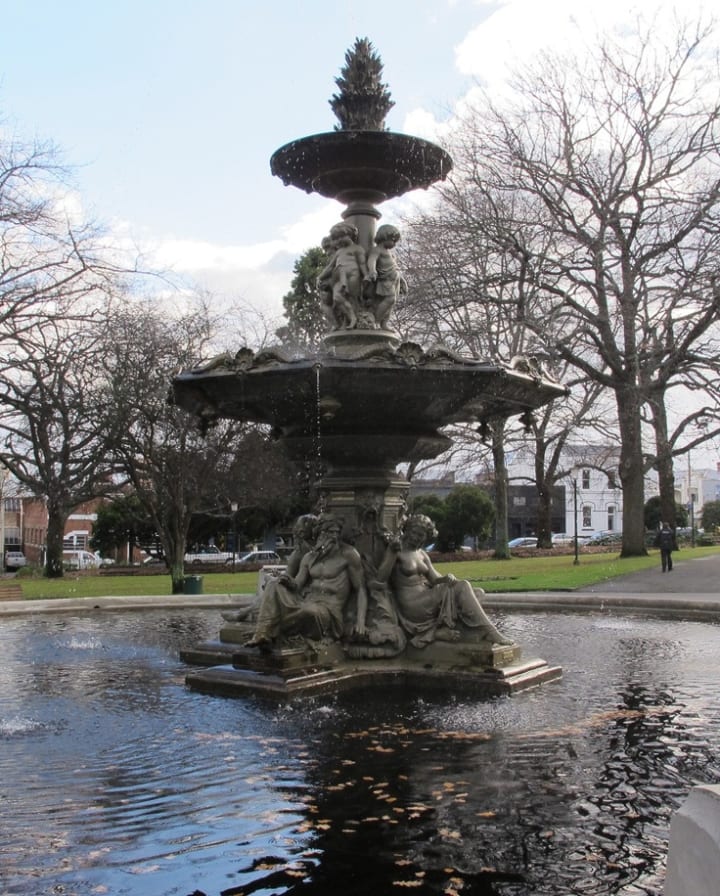
The lovely Princes Square has shady oaks, pigeons and people peacefully relaxing. At one time this square hosted military drills, held public hangings and rowdy political meetings. There is an impressive bronze fountain that was purchased at the 1855 Paris Exhibition.
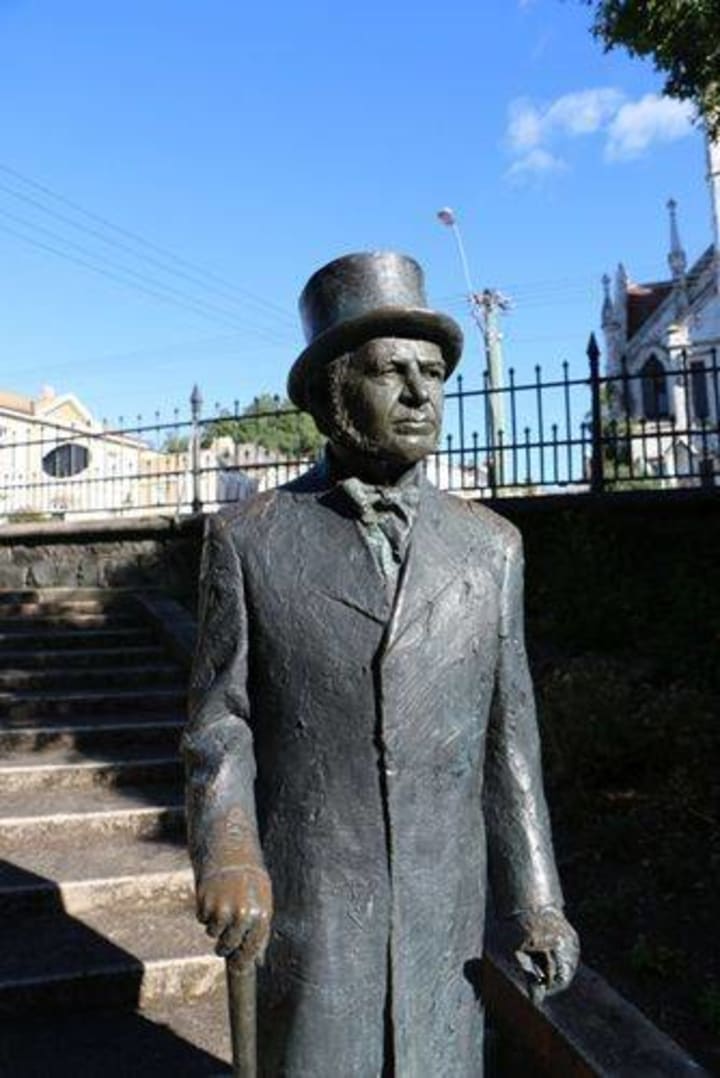
There is also a statue of the first surgeon in the southern hemisphere to use general anesthesia Dr William Russ Pugh with a top hat.
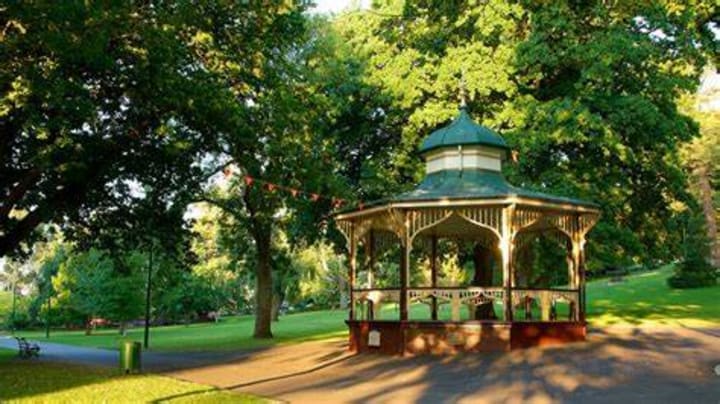
The large, expansive City Park has huge oak and plane trees to enjoy, an elegant fountain, a glass conservatory, a Victorian bandstand and a playground and mini-train for kids. The most amazing thing in this park is the glass-walled Japanese macaque enclosure which was a gift from the Japanese sister city Ikeda.
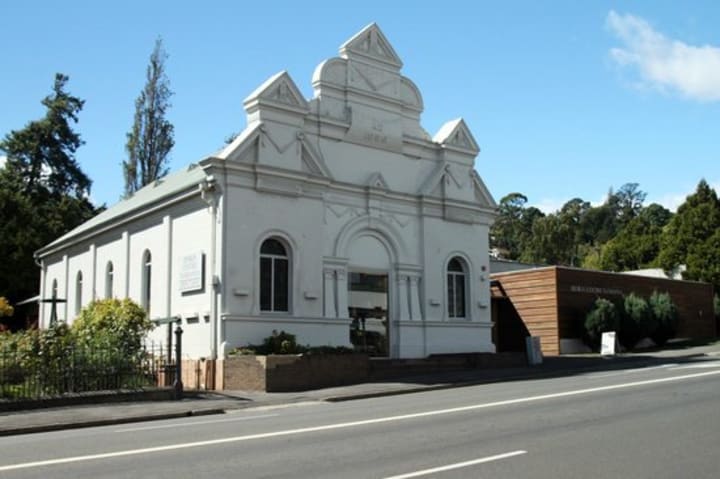
You can see lovely handmade Tasmanian crafts at the Design Center Tasmania. The center has found its home in a heritage church hall on the fringes of City Park. Next door the wonderful Design Tasmania Wood Collection highlights local timber furniture design –sassafras, Huon pine and myrtle.
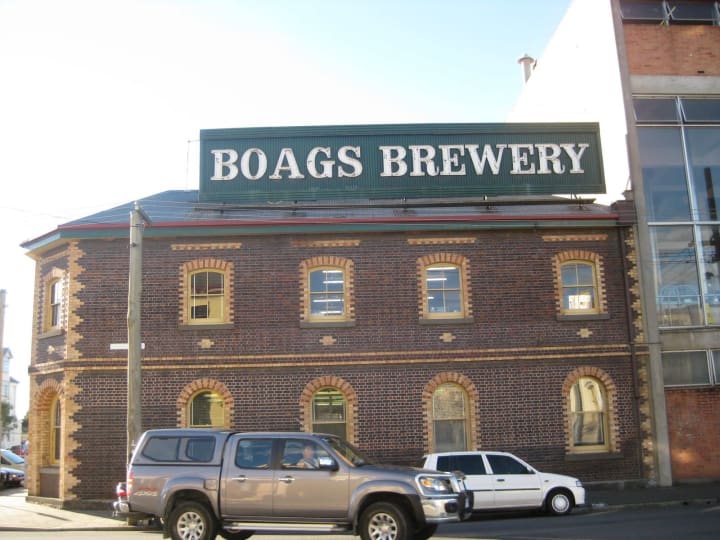
Since 1881 Boags Beer has been brewed on William Street. There are 90-minute tours with tastings afterwards. The brewery was begun by James Boag. In the on-site museum, you can learn about the brewing history through old TV ads, beer labels and photos.
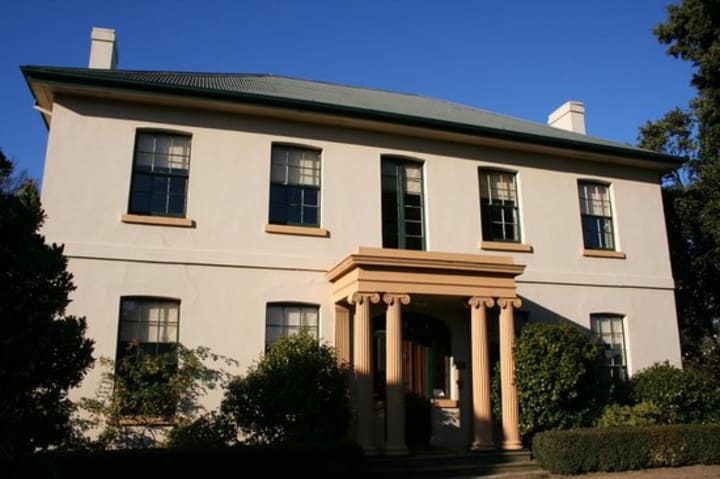
Once built by convicts and businessman Britton Jones, Franklin House is located in northern Tasmania at Franklin Village. This house is notable for its rich use of imported Australian Red Cedar. At one time it accommodated one of the colonies leading private schools that operated there from 1842 to 1866. Then the house became the birthplace of the National Trust in Tasmania in 1960. Today visitors can see the house, stables and garden as well as the nearby St. James Church built in 1845. The Tearooms serve light meals and refreshments.
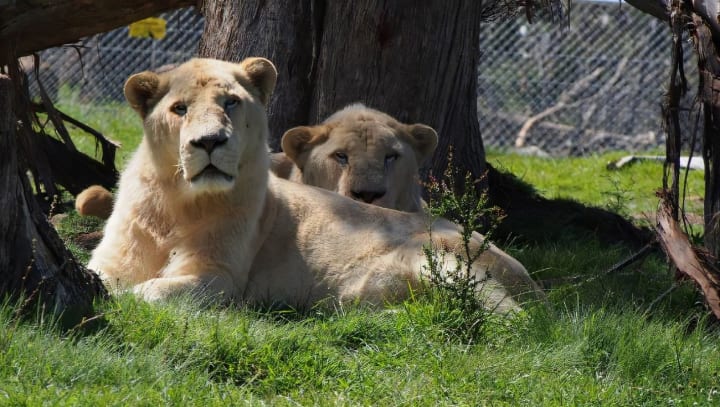
The Tasmanian Zoo is a local family business in the foothills of the Tamar Valley some 18 kilometers from Launceston. It first opened its doors in 2003, exhibiting birds and some native species. Now the zoo has the largest collection of native and exotic wildlife in Tasmania. It counts as the only fully accredited zoo in Tasmania. Among the animal species are a number of endemic Tasmanian animals, as well as native and exotic species which have been recognized as critically endangered.
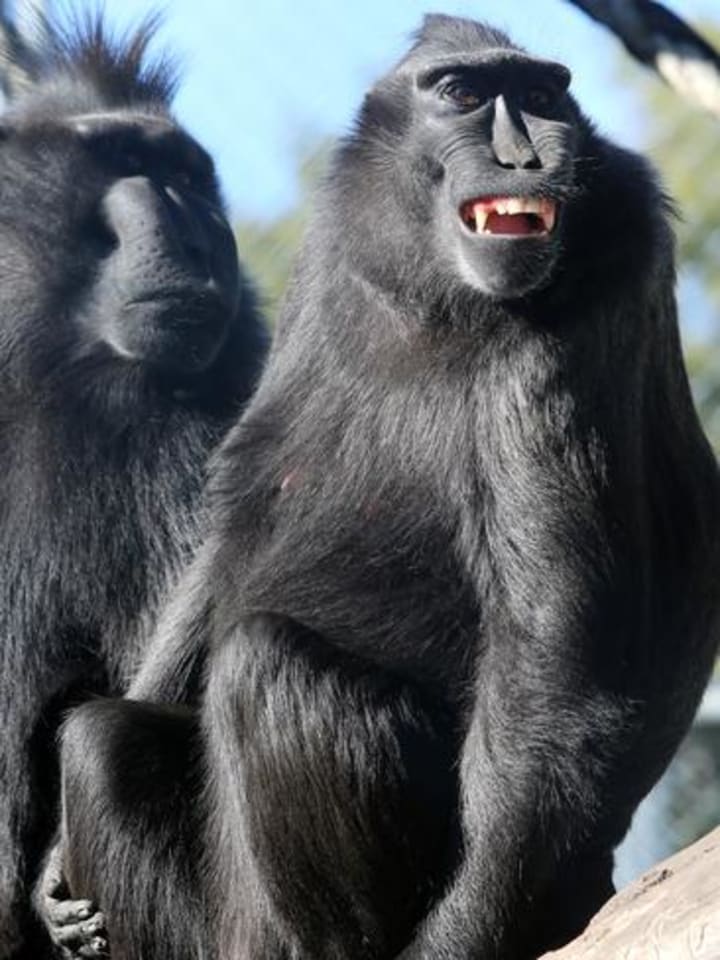
The Tasmanian Zoo offers the second-largest collection of primates in any private zoo in Australia and is the only Australian zoo to exhibit the endangered Black Crested Macaque.
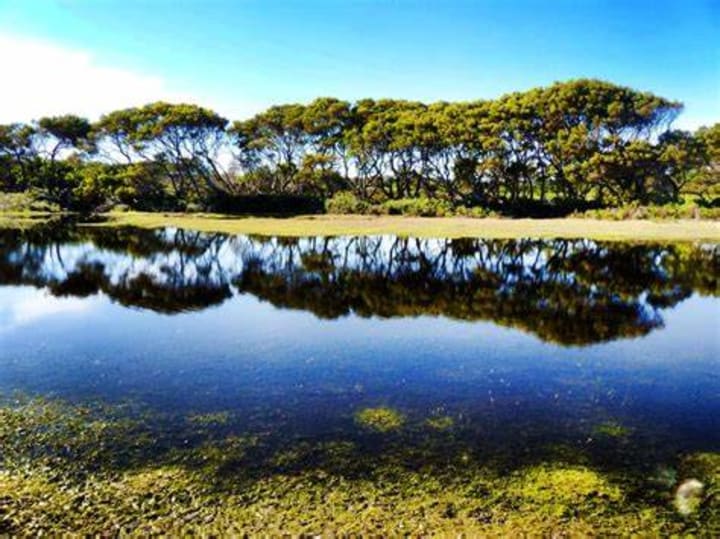
Enjoy the beauty of nature at Narawntapu National Park, a peaceful coastal refuge, with inlets, small islands, wetlands, sand dunes, lagoons and a large variety of plants and animals. The park is located on Tasmania’s central north coast and stretches from Greens Beach at the mouth of the Tamar River to Bakers Beach in the west. The park has many animals which can be easily observed when they come out in the evening to graze in the grasslands. Among them are Forester kangaroos, Bennetts wallabies and wombats. You can also hear the growls and screeches of Tasmanian devils.
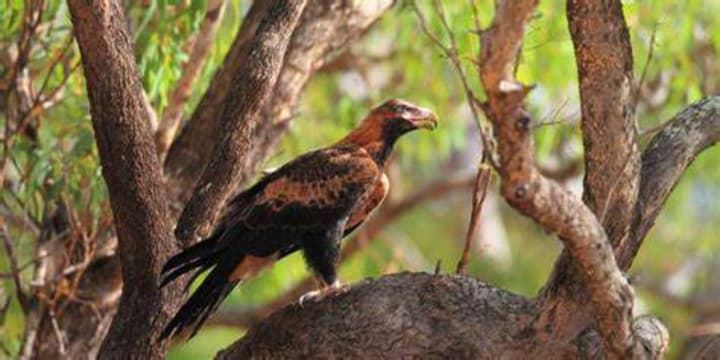
Lots of bird species can be seen in the park, among them honeyeaters, rosellas, black cockatoos and all kinds of twittering robins. On the shores and the lagoons at Springlawn water birds can be observed. The park is also the feeding ground for the endangered Tasmanian wedge-tailed eagle and white-bellied sea eagles.
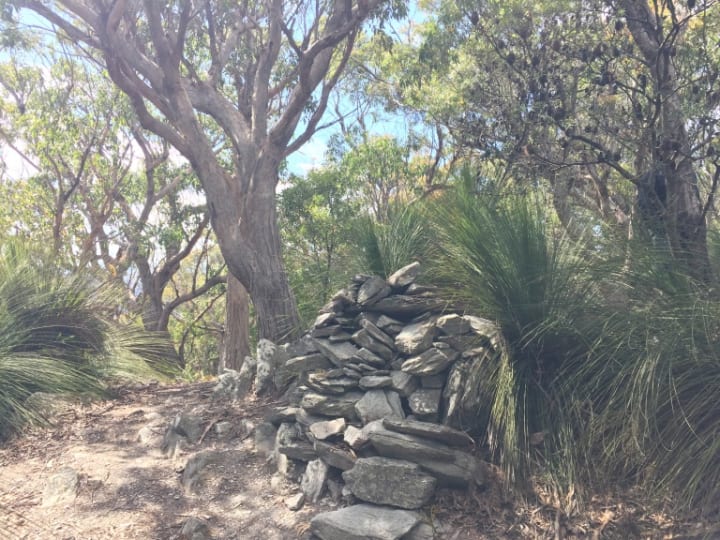
The park is rich in Aboriginal heritage and many shell middens and artifacts can be seen along the walking trails stretching across the park. Visitors can take fantastic full-day walks with amazing coastal views and see a variety of wildflowers and rare plants like club moss and prickly tree fern. For views far and wide of the surrounding landscape head for Point Vision. There is also a 26 km horse riding trail, with holding yards for overnight stays. At Springlawn the visitor center has interpretive displays, picnic facilities, kiosks and toilets. During the summer holidays, discovery rangers offer a varied program of walks, talks and other activities for both adults and children.
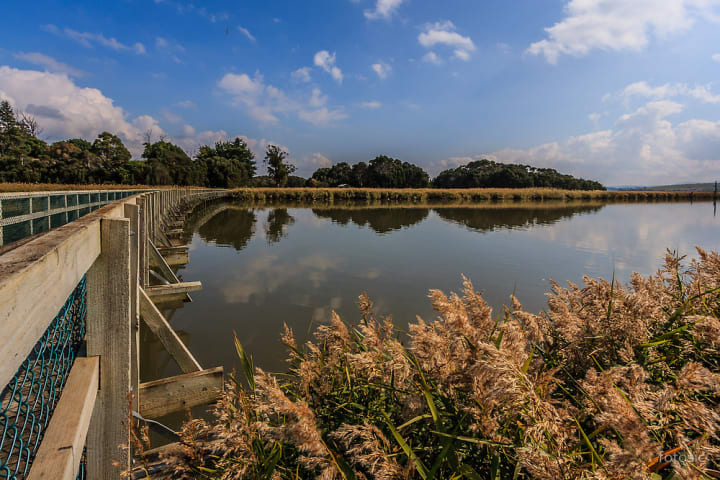
The Tamar Island Wetlands is an unusual urban wetlands reserve. A short 500-meter walk from the interpretation center will take you to a bird hide with seating so you can observe wetland birds on the lagoon. The center offers visitors the chance to learn more about the wetlands and the boardwalk to the island can be easily accessed by wheelchairs as well. There are also a range of activities for both adults and children. Volunteers offer lots of information.
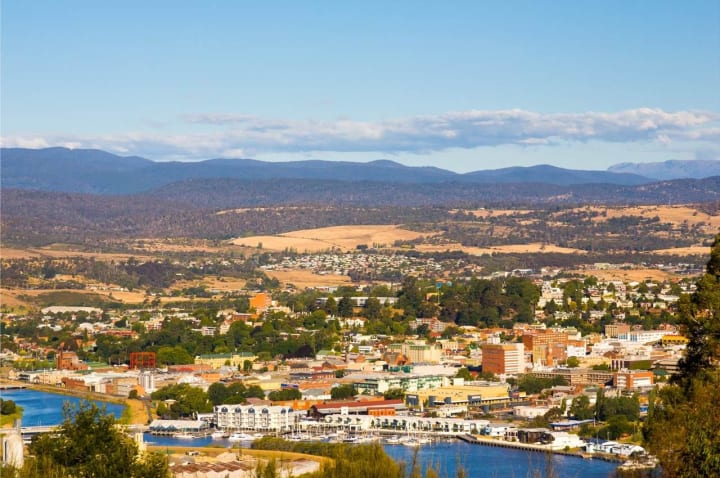
Queenstown Tasmania
The town of Queenstown in Tasmania counts as the gateway to the West Coast which has a mining history and amazing scenic views.
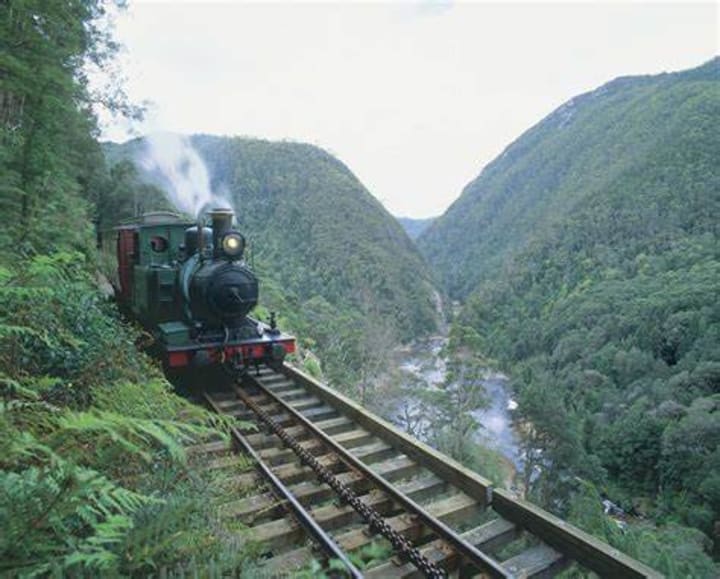
Queenstown is home to the historic West Coast Wilderness Railway, running between the town and Strahan. This is a world-class steam railway that makes you feel like you have stepped back into history once you climb aboard. There are comfortable, fully refurbished carriages that will take you on a journey into the wilderness and rainforest. The rainforest is home to the ancient Huon pine. The steam railway travels past cavernous gorges, rushing rivers and toy-town stations. A return trip takes four hours.
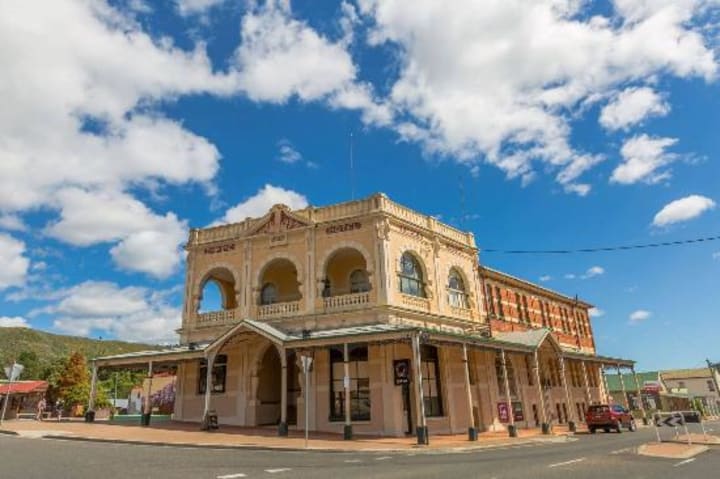
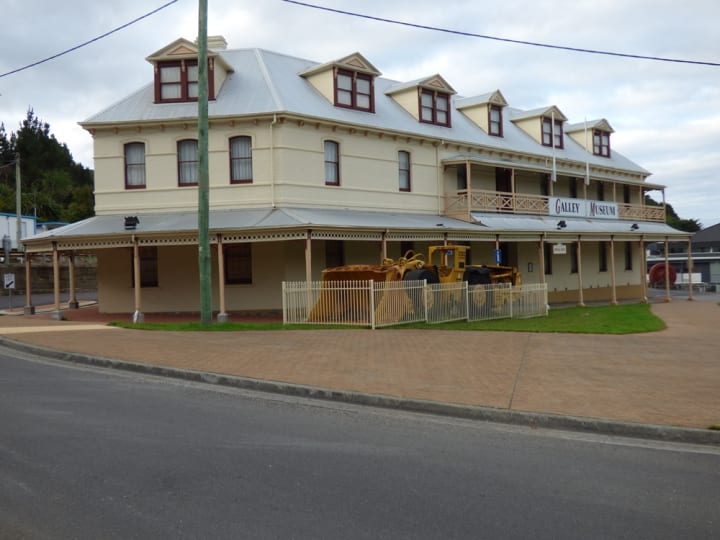
Visitors can see memorabilia and other kinds of artifacts at The Eric Thomas Galley Museum. There are extensive photo displays of West Coast history and interesting literature from a different era. The museum has over 900 photos displayed in 23 rooms. Here you’ll also find household equipment and personal effects, old documents, coins, cameras from the 1930s and many other interesting items. There is also a video available on Mount Lyell, Queenstown and the Abt (West Coast Wilderness) Railway.
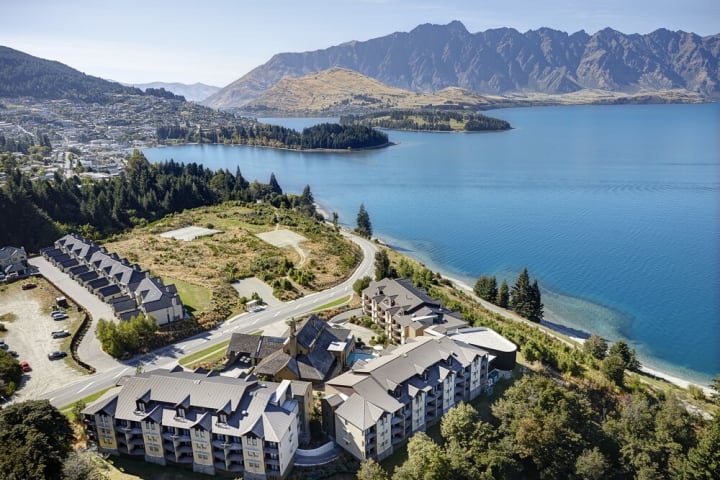
You can take the famous Mt. Lyell tours – Queenstown Heritage Tours. Taking the tour you’ll learn the history of the mine and the town and see the open cut. Also available is the Lost Mines, Ancient Mines tour south of Queenstown taking people to visit relics in the rain forest. There is also a tour of the preserved Lake Margaret Hydro Power facility.
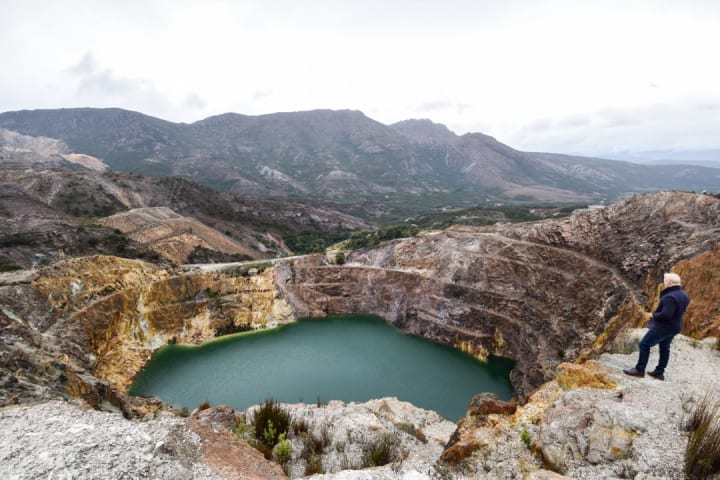
Mining in Queenstown started at the Iron Blow in 1883 and it worked as a gold mine for ten years before the discovery of large deposits of copper. There are fantastic views from the open-cut mine, surrounding mountains and down into the Linda Valley. You can also see the deserted mining towns of Gormanston and Linda.
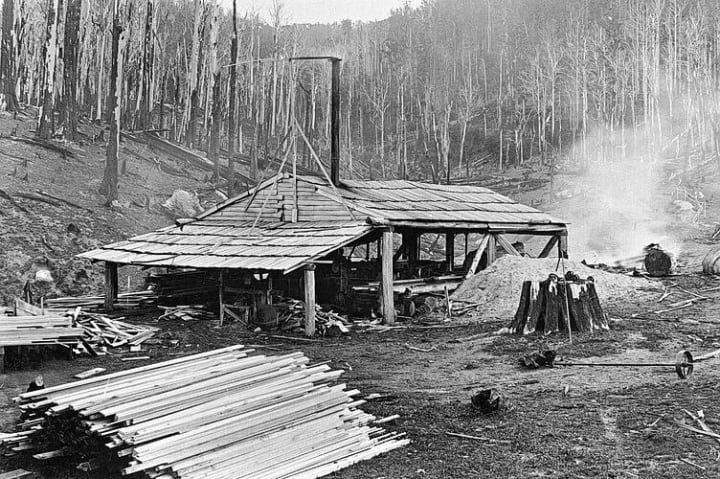
It’s interesting to visit Bradshaw's Sawmill/Tasmanian Special Timbers Pty Ltd where you can see the mill at work and can purchase some fine timber. The mill specializes in Huon Pine, Sassafras and Blackwood.
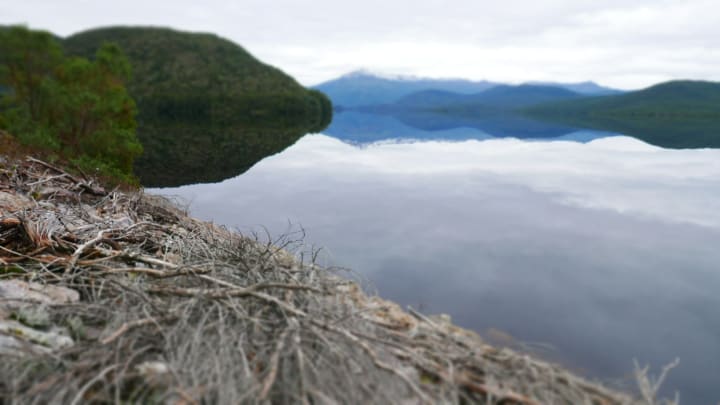
Twenty minutes outside of Queenstown is Lake Burbury. You can take in the sights or do some trout fishing. Camping is available for overnight stays. The lake was created in the early 1990s when they dammed the King River for hydroelectric power. Today the lake is a very popular place for relaxation and fishing. Looking across the lake you’ll see Mt. Owen and to the right the Linda Valley with the Mt. Lyell Mine. Here is also Mt. Owen, Thureau Hills and part of Mt. Jukes.
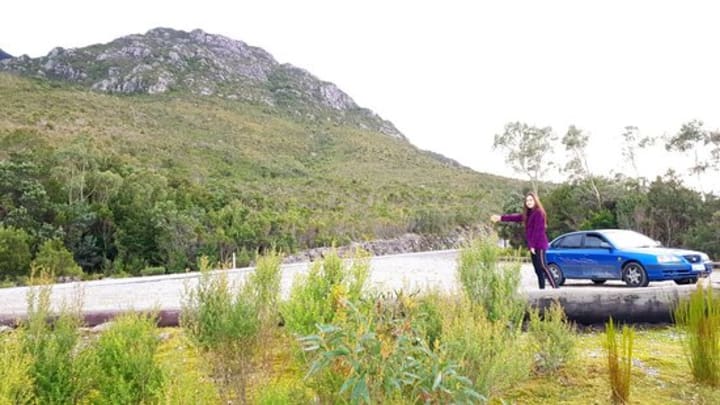
Visitors enjoy taking the Mt Jukes Scenic Drive south of Queenstown along which you can visit Lake Burbury and the Bird River and take a great walk along a railway embankment to the ghost town of Pilinger at Kelly’s Basin. The sawmill previously mentioned is located on Mt. Jukes Road and specializing in rainforest timber such as Huon pine, blackwood and sassafras.
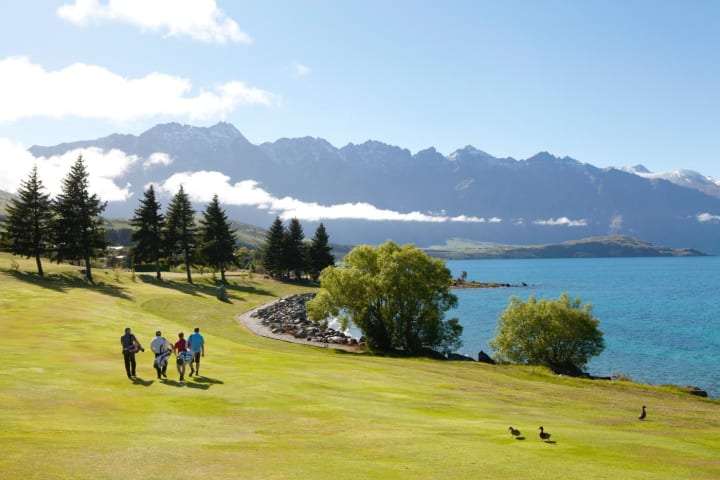
Golf players will enjoy visiting the Queenstown Golf Course. This is a nine-hole course where mixed competitions are held every weekend. There is a bar for relaxing and socializing.
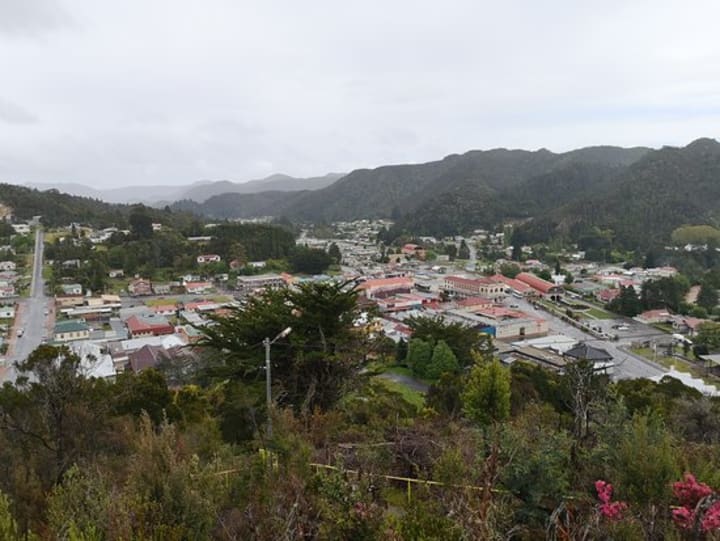
Spion Kop was named after soldiers who were returning from the Boer War. There are fantastic views after you have taken the steep short walk, passing mining heritage exhibits as you go. Spion Kop overlooks the famous Queenstown gravel football oval. There is a rhododendron-lined track and at the top of the hill, you’ll find a pithead. It overlooks the famous Queenstown gravel football oval. Views here are particularly impressive at sunset when the bare hills become flaming orange.
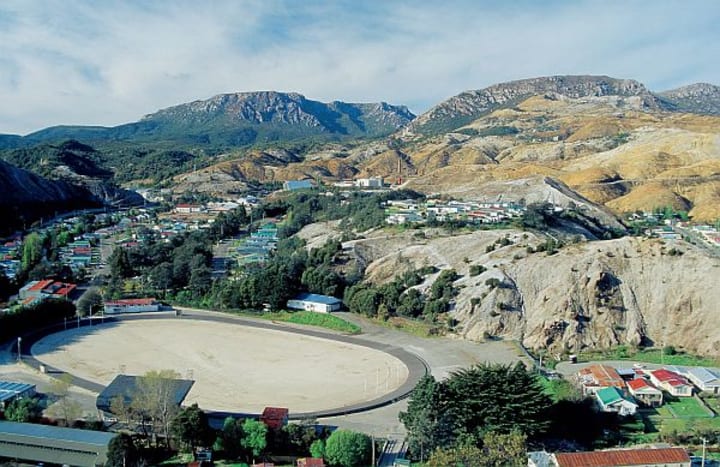
The Queenstown Football Oval has become the most famous football field in Australia. It is heritage listed.
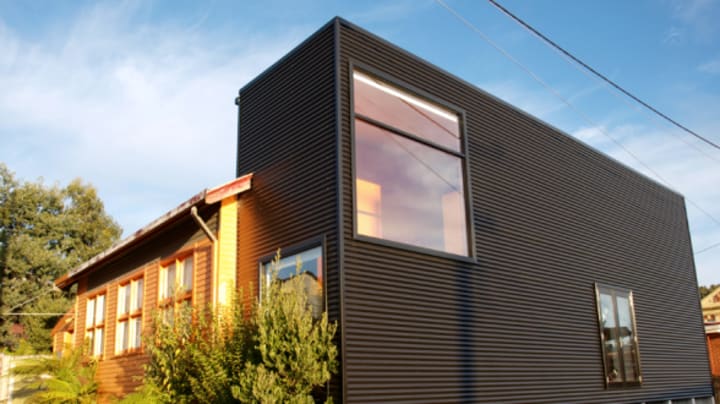
Internationally renowned Tasmanian artist Raymond Arnold runs the Landscape Art Research Queenstown or LARQ Gallery. The gallery has exhibitions by local and visiting artists as well as community workshops in printmaking and painting. The mission of the gallery is to inspire art from the awesome natural landscapes of the West Coast.
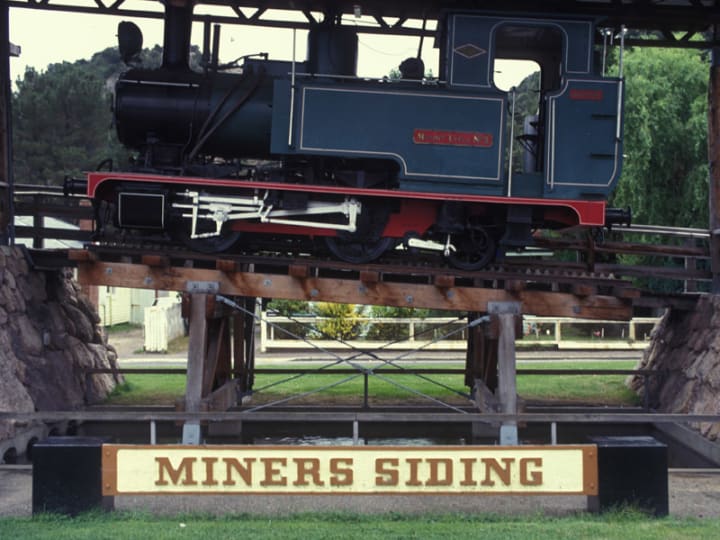
Opposite the museum, on the site of the original train station, is the Miner’s Siding. This is a public monument that features a giant mining drill, a water race and sculptures that commemorate the area’s mining heritage. The bronze sculptures depict 21 facets of the evolution of the Mt. Lyell Mines and the surrounding areas. These are the artwork of sculptor Stephen Walker. The locomotive once located here has now become part of the West Coast Wilderness Railway.
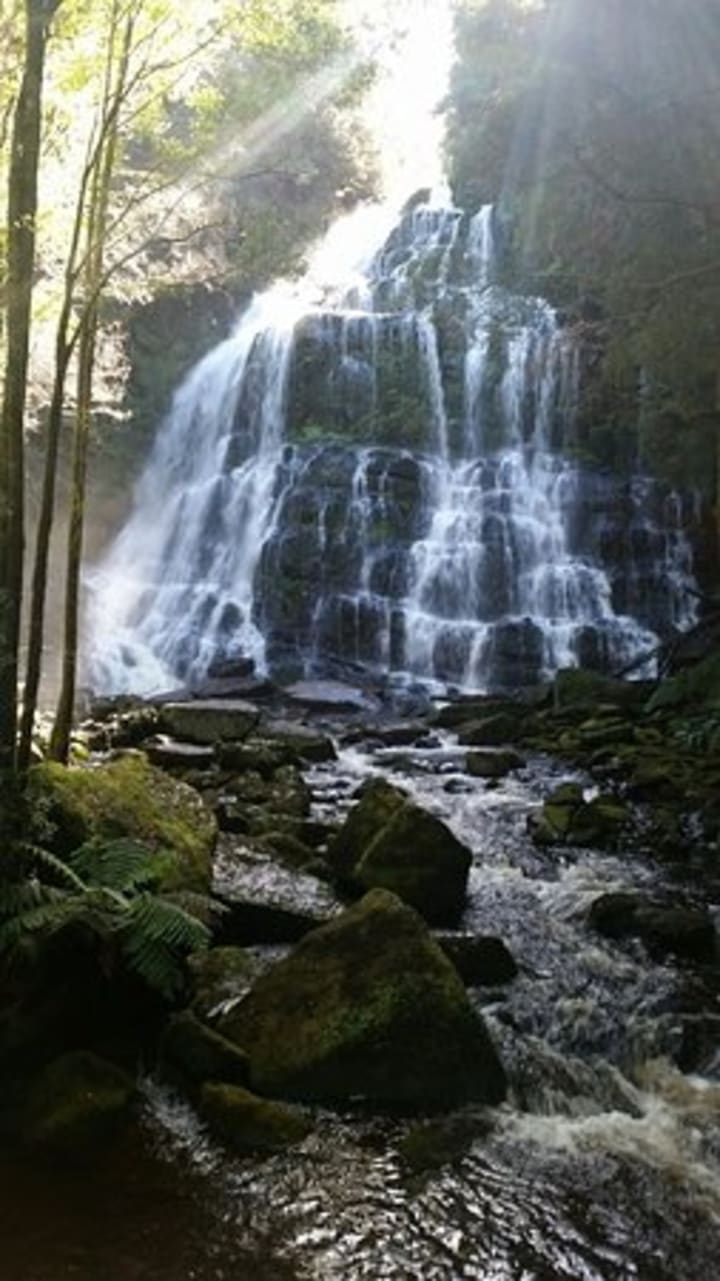
About the Creator
Rasma Raisters
My passions are writing and creating poetry. I write for several sites online and have four themed blogs on Wordpress. Please follow me on Twitter.
Enjoyed the story? Support the Creator.
Subscribe for free to receive all their stories in your feed. You could also pledge your support or give them a one-off tip, letting them know you appreciate their work.






Comments
There are no comments for this story
Be the first to respond and start the conversation.